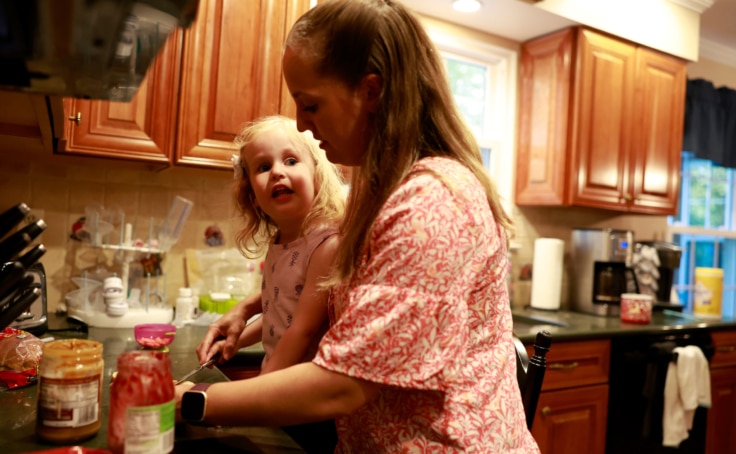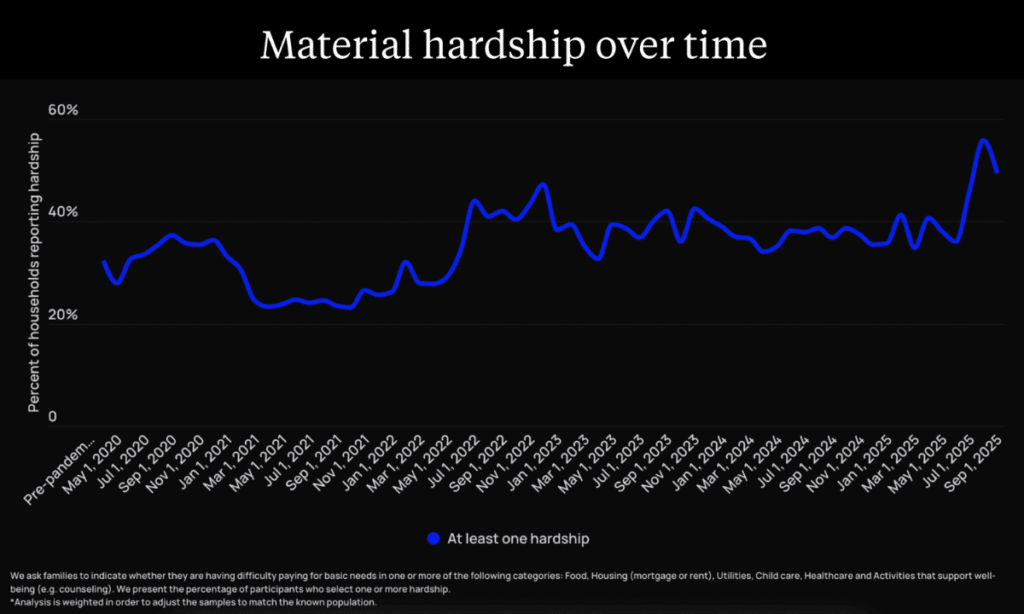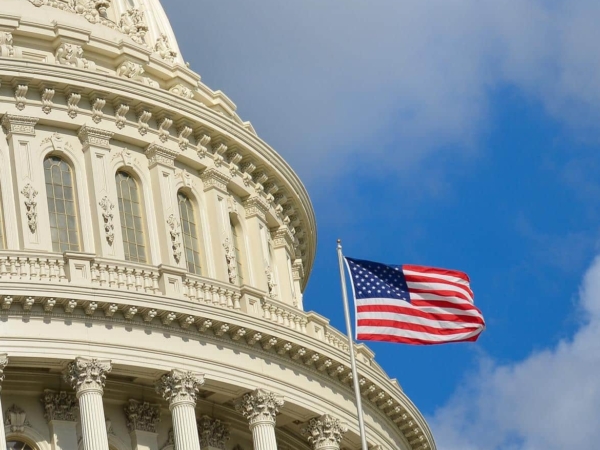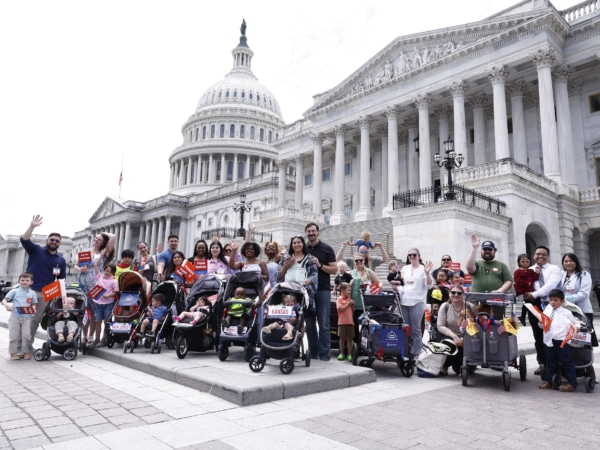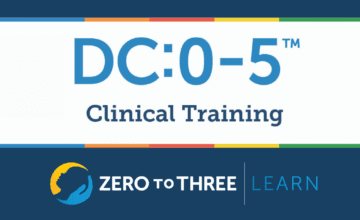
Virtual
February 4, 2026
The Growing Brain: From Birth to 5 Years Old Virtual Training of Trainers
Our newly designed virtual Training of Trainers combines live online events and self-study to support your journey towards becoming a ZERO TO THREE certified trainer of The Growing Brain curriculum.
Details

